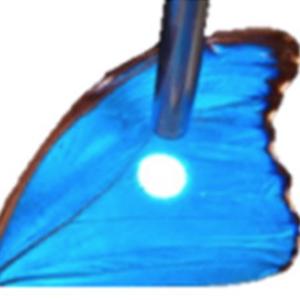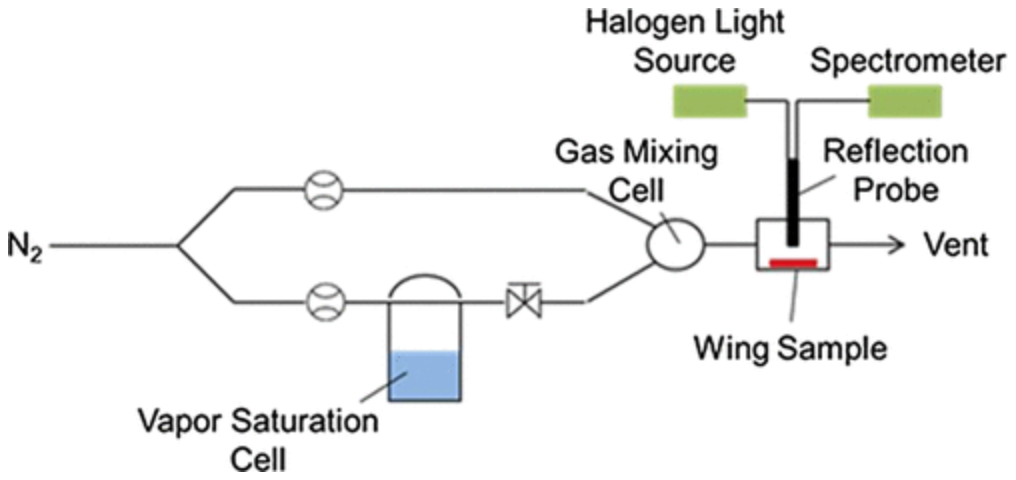
Sometimes, inspiration for biotechnological innovation comes from the darndest places. Geckos inspire adhesives for wall-climbing, beetle penises provide insights on how to engineer catheters and other medical devices, and dragonfly wings demonstrate how to create anti-bacterial surfaces.
Now, researchers have turned once again to nature: A team of chemists working for the U.S. Air Force has used crystals extracted from butterfly wings to detect trace chemical warfare agents.
Chemical agents are a threat to both soldiers and civilians. Syrian dictator Bashar al-Assad used them against civilians, including children, in his country's civil war, and the North Korean regime used VX nerve agent to kill Kim Jong-Un's half-brother, Kim Jong-Nam. Because of these threats, chemical weapons detectors are a top priority for the military. Unfortunately, the most sensitive detectors are expensive and confined to research labs. Hence, the search is on for cheap, reusable sensors that can be readily deployed in the field.
On the Wings of a Butterfly
As it turns out, materials within the wings of the Morpho didius butterfly can detect chemical agents, though they obviously did not evolve for that purpose. Instead of pigmentation, the butterfly's wings are colored due to the presence of photonic crystals, special crystals that affect the way light is reflected and refracted. When viewed straight on, the scales of the butterfly's wings are colorless, but when viewed from an angle, they appear blue. By taking advantage of such light scattering properties, photonic crystals can be used to detect various types of chemical vapors.
So the researchers tested the ability of butterfly wing scales to detect chemicals that simulated mustard gas and a type of nerve agent. (The team's apparatus is shown below.)

Vapor samples were blown into a chamber containing pieces of a butterfly wing. A spectrometer monitored the light reflecting from the wing. Any changes in the light reflectance patterns was indicative of the presence of a specific chemical in the chamber, such as a simulated weapons agent.
Limitations
While the researchers demonstrated an important proof-of-concept, photonic crystals from butterfly wings will not be making their way into chemical sensors on the battlefield because they are not sensitive enough. The butterfly crystals could only detect chemical agents in the parts per million range, but that concentration is lethal to humans. To be useful, sensors need to detect noxious vapors in the parts per billion or trillion range.
The butterflies, therefore, can serve as inspiration for scientists to engineer something even better than Mother Nature designed.
Source: Joshua D. Kittle, Benjamin P. Fisher, Anthony J. Esparza, Aimee M. Morey, Scott T. Iacono. "Sensing Chemical Warfare Agent Simulants via Photonic Crystals of the Morpho didius Butterfly." ACS Omega 2 (11): 8301-8307. Published: 21-Nov-2017. DOI: 10.1021/acsomega.7b01680



